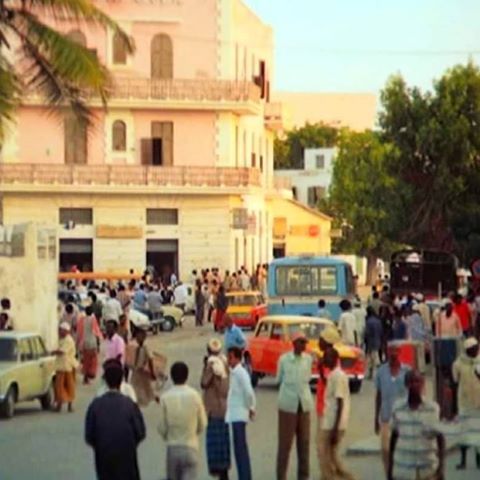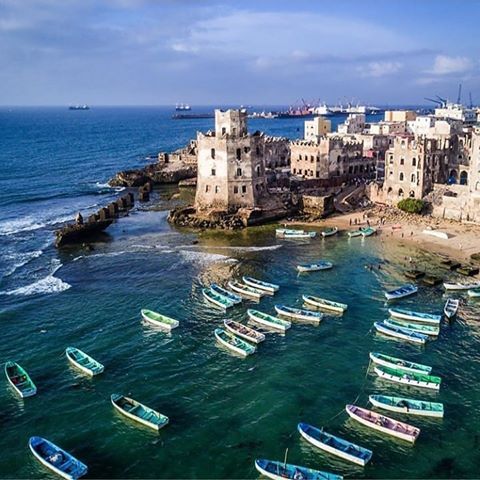Mohamed Siad Barre remains arguably the most controversial individual in Somali history, and perhaps the most significant Somali individual in Somali history, as a former President of Somalia. Born in 1919 in the Ogaden region, Barre rose through the ranks of the military, and in 1969 was appointed the leader of Somalia due to a bloodless coup. President Barre served until 1991, and his leadership undoubtedly shaped modern Somalia in ways that are still being felt today.
The Rise to Power
Barre’s political career began in 1960 when Somalia gained their independence. Barre spent time as a student in Italy, and later, the Soviet Union. His career quickly progressed through the ranks of the new Somali military. Following the assassination of the President of Somalia, Abdirashid Ali Sharmarke, in 1969, Barre gained power via a bloodless coup and promoted himself to the Chairman of the Supreme Revolutionary Council. Barre’s regime emphasized “Scientific Socialism,” a form of government that drew from Marxist – Leninist ideology, Somali nationalism, and Islam.
Social and Economic Reforms
According to some accounts, Barre transformed the Somali nation during his large reforming efforts in the beginning years of his rule. Literacy programs were rolled out across the country, there was improved healthcare access, and infrastructure projects were launched all over. Barre also promoted the Somali language, introducing a Latin-based script that is still in use today. The goal of the government was to decrease clan divisions and create a national (centralized) national identity.
The Ogaden War and Decline of Soviet Support
One of the huge defining moments of Barre presidency is the Ogaden War of 1977-1978. Somalia could not unify all Somali-speaking people under one nation and so it invaded Ethiopia’s Ogaden region. The military campaign was successful in the beginning phases of the war but eventually was no longer supported by the Soviet Union, over which Barre attempted to gain the large African State – which caused Somalia to lose the war. Somalia’s defeat in Ogaden represented the turning point which signifies Barre’s beginning of decline.
Authoritarianism and Civil Unrest
The Barre regime became more and more authoritarian in the 1980s. It suppressed political opposition. It normalized human rights violations; Barre’s state used military force primarily against any dissenting group and against rival clans. The government’s use of military force and repression created significant popular backlash. In addition, economic deterioration, recession, and increasing corruption contributed to the Barre regime’s legitimacy crisis.
Disintegration of Regime
By 1991, Somalia was wracked by civil war. A number of rebel factions, many of which were clan-based, overthrew Siad Barre’s regime. Siad Barre fled, first to Kenya and later to Nigeria, where he died in exile in 1995. His flight resulted in a disorganized and chaotic Somalia caught in cycles of violence and humanitarian disasters with little hope of recovery.
SEE MORE HERE
The Legacy of Mohamed Siad Barre
The legacy of Mohamed Siad Barre is a difficult one to classify. Some view him as a visionary who advanced Somalia economically and created a sense of national identity. Others, however, perceive him as a dictator whose violent and oppressive policies and use of clan favoritism resulted in years of civil instability and turmoil. Regardless of opinion, Siad Barre’s influence in Somalia’s political and social development remains undeniable.
Conclusion
Mohamed Siad Barre continues to serve as a governance figure in Somali history. His leadership resulted in both progress and suffering, and his legacy transcends the influence of political parties, clans, religious groups and his remaining actions within Somalia. Local and foreign actors have long memories. As such, Mohamed Siad Barre’s legacy and influence remains relevant to Somali politics and society. Understanding his legacy and influence is paramount for those interested in the Horn of Africa and the long journey towards peace and stability in Somalia.
READ HERE MORE ABOUT SOMALIA





